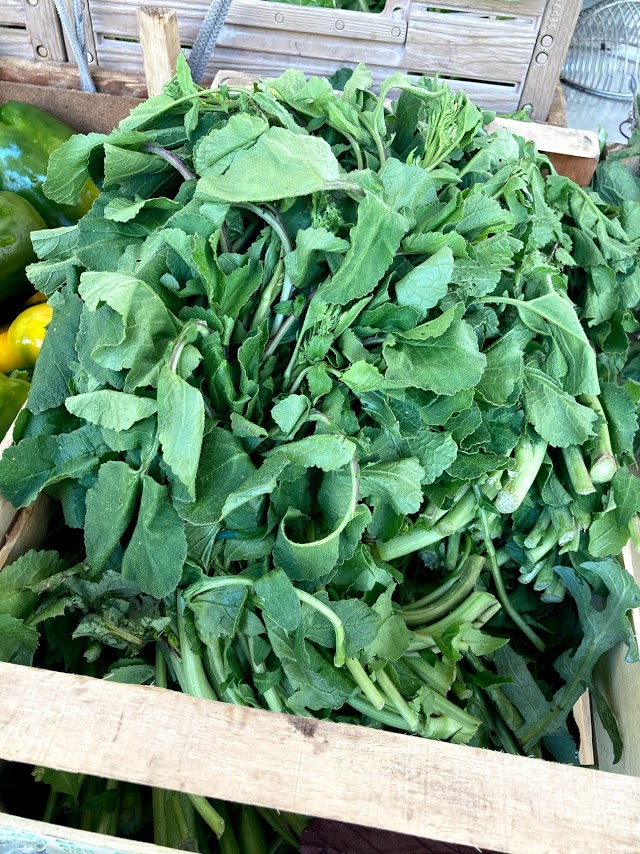
It has been ten years since I left Bangladesh, but luckily I can once again taste the taste of home cooked authentic Bangladeshi food. Mahmuda is an excellent cook and she sells food from her home. You can also go to her place to experience a home cooked meal and learn about Bangladeshi culture. Mahmuda has a huge personality and speaks English with a feisty animated volume.
Bangladeshi food is spiced but not spicy as in hot on the Scoville scale. There is a lot of clove, cardamom, cinnamon, and mustard seed. There is regional food in Bangladesh and a whole type of cuisine, bhorta, that is sort of like “small plates, mezze, tapas, dim sum…” as in you get many small dishes and pay for what you eat. I hope that Mahmuda will make some of these in the future.

In Bangladesh, one eats with one’s right hand. I am not so good at that so I eat with a knife and fork. But you can try eating with your right hand if you want to. A meal at Mahmuda’s includes a starter, main, and dessert even though Bangladeshi food does not follow this concept.

The curries in Bangladesh are not as soupy as they are in Britain or the US. Many of the Indian restaurants in the UK and the US are actually run by Bangladeshis. The Brits list curry —chicken tikka masala as their national dish. The first Indian cooks in the UK were from Sylhet in Bangladesh, in what was India. British curry with the heavy use of tomato puree and cream is an invention, probably in Glasgow, that helped adapt to the British love of gravy.

I am not sure what the prices are but with a group, a meal was around $50 per person. One can also order food for pickup.

There was also dessert. The Bangladeshis love sweets but these were not too sweet. One was a rice pudding and the other a sort of blondie.









 A classic
A classic  4 large chicken breasts
4 large chicken breasts
 There are other types of causa with crab, shrimp, egg, but chicken salad is typical in Lima. The Lima thing to do is to eat this as an appetizer and then follow with “
There are other types of causa with crab, shrimp, egg, but chicken salad is typical in Lima. The Lima thing to do is to eat this as an appetizer and then follow with “ Of all the places I’ve been in the last year, I’d say that
Of all the places I’ve been in the last year, I’d say that 
 As I said, one of the most unusual experiences of the last year.
As I said, one of the most unusual experiences of the last year.








